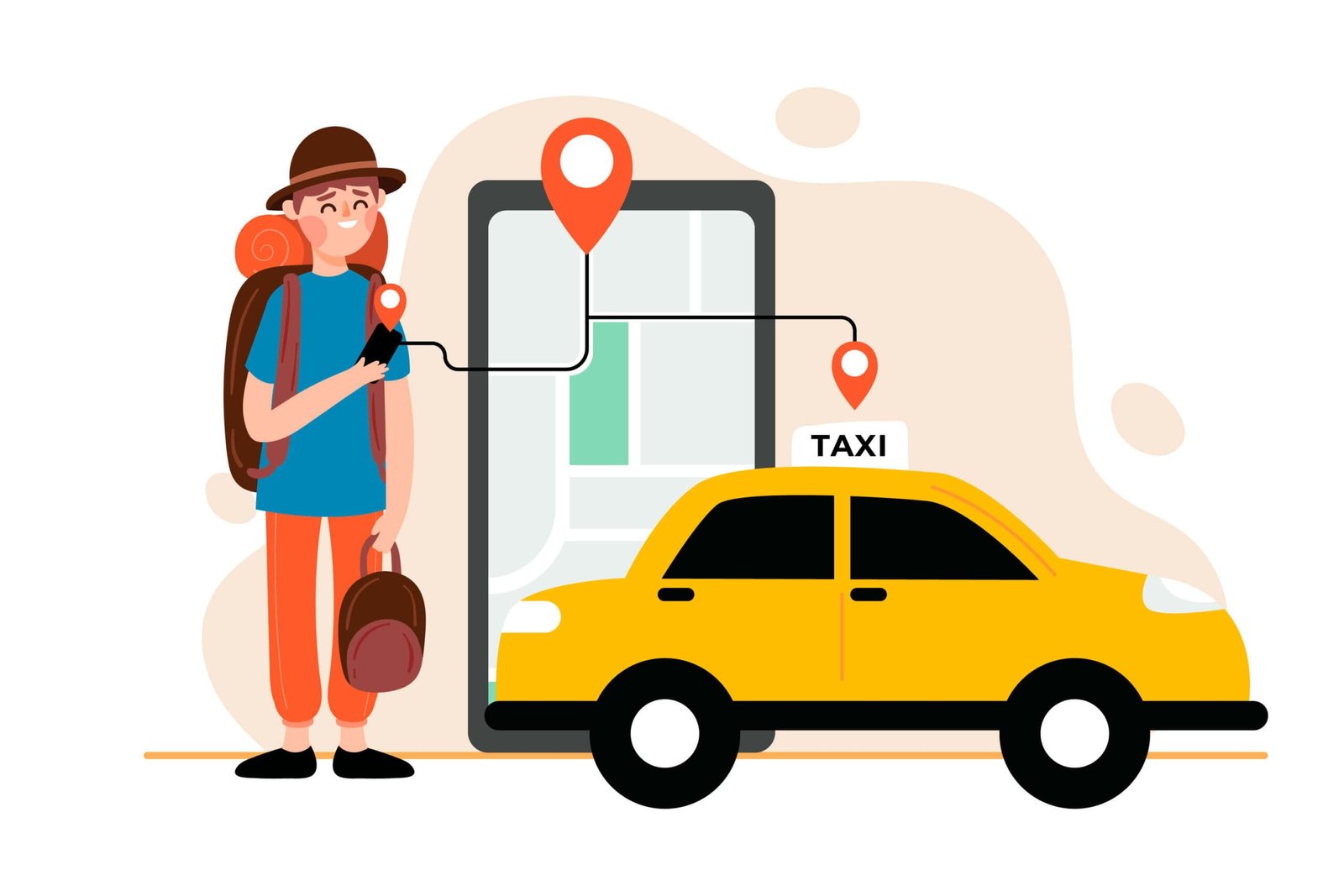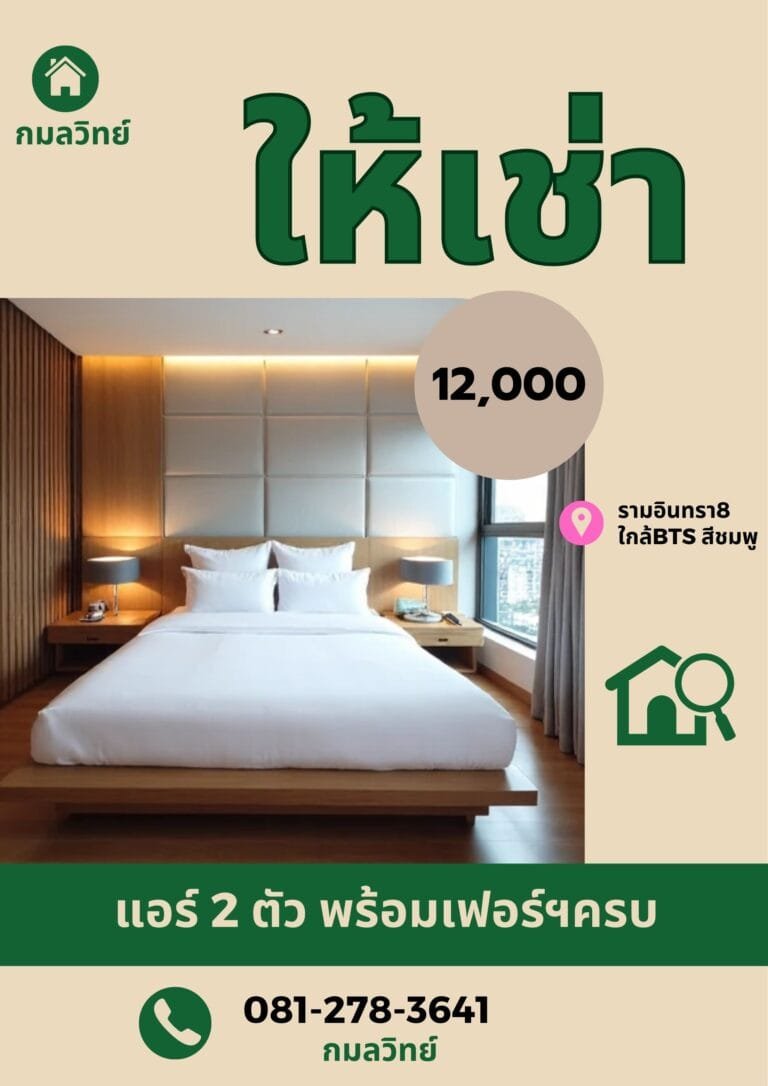The Ultimate Beginner’s Guide to Learning Thai Part 2

Guide to Learning Thai: How to Say I Love You in Thai
Imagine making someone’s day brighter just by expressing your feelings in their language. That’s the magic of learning to say “I love you” in Thai. Whether it’s romance, friendship, or family love, Thai offers beautiful ways to share what’s in your heart, and these moments need no Google translation!

Let’s start with the most common ways to express romantic love in Thai:
Men say: I love you ผมรักคุณครับ (pŏm rág kun kráb)
Women say: I love you ฉันรักคุณค่ะ (chán rág kun kâ)
Break down of the phrase:
- ผม (pŏm- used by male speakers) = I
- ฉัน (chán- used by female speakers) = I
- รัก (rág) = love
- คุณ (kun) = you
- ครับ/ค่ะ (kráb/kâ) = polite particles
Note: In Thai culture, people commonly use their nicknames instead of pronouns like ‘I’ (pŏm/ chán). For instance, rather than saying “I love you, Anna,” Pong would say “Pong rág Anna ná.” Similarly, instead of “I love you, Mom,” Ann would say “Ann rág mâe ná.’ This personal way of speaking replaces both ‘I’ and ‘you’ with nicknames, making conversations more intimate and informal. (The particle นะ (ná) makes statements more casual.)
Additional Sweet Phrases:
- I like you. ชอบ (chôorb)
- I miss you. คิดถึง (kíd tĕung)
- I care about you. เป็นห่วง (pben hùang)
Take care of yourself. ดูแลตัวเองนะ (doo lae dtua eeng ná)
How to Say PLEASE in Thai
Thai culture values gentleness and courtesy. Knowing how to say “please” properly will help you navigate daily interactions with grace and warmth. Ready to add that touch of Thai politeness to your conversations? Let’s discover how a few simple words can make such a big difference!

The Basics of Saying Please in Thai
The most common way to say “please” in Thai are ขอ (kŏor) or ช่วย (chûay). Here’s how to use them naturally:
The structure for using ขอ (kŏor) is to follow it with a noun. For example:
- ขอกาแฟร้อนค่ะ (kŏor gaa-fae róorn kâ) = Please give me hot coffee.
- ขอน้ำเปล่าค่ะ (kŏor náam bplào kâ) = Please give me plain water.
Meanwhile, ช่วย (chûay) literally means “help”. Adding this word make your request even more polite ช่วย (chûay) is followed by a verb. For example:
- Could you please tell me the way to the hostel? ช่วยบอกทางไปโฮสเทลได้ไหมคะ (chûay bòorg taang bpai hostel dâay mái ká)
- Could you please translate this into English? ช่วยแปลเป็นภาษาอังกฤษให้ด้วยค่ะ (chûay bplae bpen paasăa angkrìd hâi dûay kâ)
- Could you please call a taxi for me?” ช่วยโทรเรียกแท็กซี่ให้ด้วยค่ะ (chûay too rîag taxi hâi dûay kâ)
Vocabulary breakdown:
- ขอ (kŏor) = please (used for requests)
- ช่วย (chûay) = help/please (used for assistance)
- กาแฟร้อน (gaa-fae róorn) = hot coffee
- น้ำเปล่า (náam bplào) = plain water
- บอกทาง (bòorg taang) = give directions
- แปล (bplae) = translate
- ภาษา (paasăa) = language
- อังกฤษ (angkrìd) = English
- โทรเรียก (too rîag) = call (by phone)
- ให้ด้วย (hâi dûay) = for me/for someone (adds politeness)
- ได้ไหม (dâay mái) = can you? (question particle)
Note: The formal word กรุณา (ga-ru-naa) translates to please or kindly, but it’s important to note that this word is reserved for highly formal situations and written communications only. You should avoid using it in everyday conversations, as it would sound overly formal or unnatural in spoken Thai.
How to Book a Taxi in Thai
Nowadays, Thai people commonly use ride-hailing apps like Grab, LINE Man, Bolt, and others to book taxis. However, in emergency situations – like when your phone battery dies – it’s important to know how to communicate with taxi drivers directly. You should be able to tell them your destination and either request them to use the meter or negotiate a fixed fare.

Look for taxis with illuminated red or green signs showing ว่าง (wâang) – this means they’re available for hire. You can wave to flag them down. Once they stop, simply ask “bpai… [your destination]… mái ká/kráb?’ This means “Can you go to…?”
Breaking it down:
- ว่าง (wâang) = available/vacant
- ไป (bpai) = to go
- ไหม (mái) = question particle
For trips within the same province, taxis should use the meter system. The fare increases according to the meter, with a current starting rate of 35 baht. For peace of mind, always confirm with the taxi driver:
ใช้มิเตอร์ไหมครับ/คะ chái meter mái kráb/ká? (Do you use meter?)
However, if you need to hire a taxi for inter-provincial travel, you’ll need to make a special arrangement. Set your price and ask them, for example
“สามพันบาทเหมาไปหัวหินได้ไหมครับ/คะ 3,000 baht măo bpai Hua Hin dâay mái kráb/ká?” (Can I hire you to Hua Hin for 3,000 baht?)
When you arrive at your destination, you can tell the driver:
djòord dtrong née kráb/kâ (จอดตรงนี้ครับ/ค่ะ) – “Please stop here.”
Wish you a safe and worry-free journey!
How to Order Food in Thai
Need to order food in Thailand but don’t speak Thai? No worries! A few simple phrases are all you need to get started. Thai restaurant staff and food vendors are used to helping tourists, and they’ll appreciate your effort to speak their language. Even basic Thai words combined with a friendly smile can make ordering food much easier and more enjoyable.

Before entering a restaurant, tell the staff nùeng kon (1 person) or sŏorng kon (2 people) depending on how many people will be dining.
Basic Ordering Phrases:
- “I would like to order.”
ขอสั่งอาหารครับ/ค่ะ (kŏor sàng aa-hăan kráb/kâ) or more casual version สั่งครับ/ค่ะ (sàng kráb/kâ)
- Quantity:
- plate จาน (djaan)
- portion ที่ (têe)
- bowl ถ้วย (tûay)
- Common Ordering Phrases:
- One plate of [food], please. ขอ [food name] หนึ่งจานครับ/ค่ะ (kŏor [food name] nèung djaan kráb/kâ)
- A little spicy. เผ็ดน้อย (pèd nóory)
- Not spicy. ไม่เผ็ด (mâi pèd)
- Useful Food-Related Questions:
- What do you recommend? มีอะไรแนะนำบ้างครับ/คะ (mee arai náe-nam bâang kráb/ká)
- What is this? อันนี้อะไรครับ/คะ (an-née arai kráb/ká)
- Is it spicy? เผ็ดไหมครับ/คะ (ped mái kráb/ká)
Additional Useful Phrases:
- Bill please. ขอเช็คบิลครับ/ค่ะ (kŏor check bin kráb/kâ) –
I’d like to order more. ขอสั่งเพิ่มครับ/ค่ะ (kŏor sàng pêrm kráb/kâ)
How to Oder Drinks in Thai
Need to quench your thirst in Thailand? A few simple Thai phrases are all you need! Whether you’re ordering a refreshing iced coffee at a local café, getting water at a restaurant, or trying fresh coconut juice from a street vendor, basic Thai words combined with a friendly smile will make ordering drinks easy and fun.

Basic Drink Ordering Phrases
I want… = ขอ… (kŏor…)
Example: A bottle of water, please. ขอน้ำหนึ่งขวดครับ/ค่ะ (kŏor náam nèung kùad kráb/kâ)
Common Drinks:
- Water = น้ำเปล่า (náam bplào)
- Iced coffee = กาแฟเย็น (gaa-fae yen)
- Hot coffee = กาแฟร้อน (gaa-fae róorn)
- Thai tea = ชาไทย (cha thai)
- Coconut = น้ำมะพร้าว (náam ma-práaw)
- Fresh juice = น้ำผลไม้ (náam pŏn-la-máay)
- Useful Specifications:
- Cold/Iced = เย็น (yen)
- Hot = ร้อน (róorn)
- With ice = ใส่น้ำแข็ง (sài náam-kăeng)
- No ice = ไม่ใส่น้ำแข็ง (mâi sài náam-kăeng)
- Sweet = หวาน (wăan)
- Less sweet = หวานน้อย (wăan nóory)
- Not sweet = ไม่หวาน (mâi wăan)
Remember, Thai people appreciate any effort to speak their language. Even if your pronunciation isn’t perfect, these basic phrases will help you get the drink you want! Cheers!






